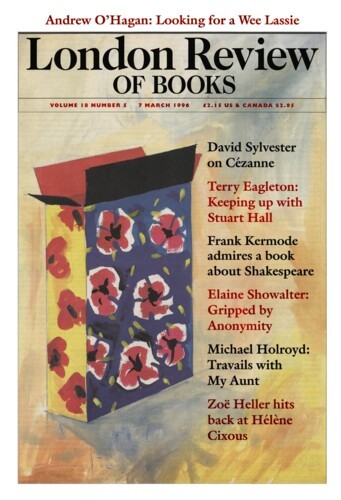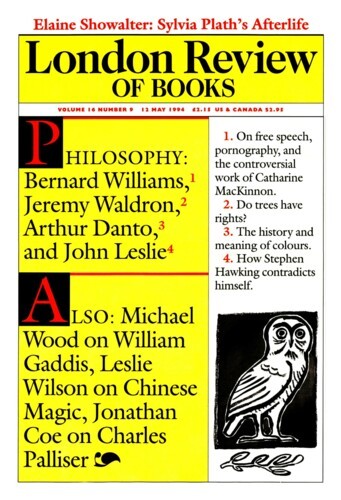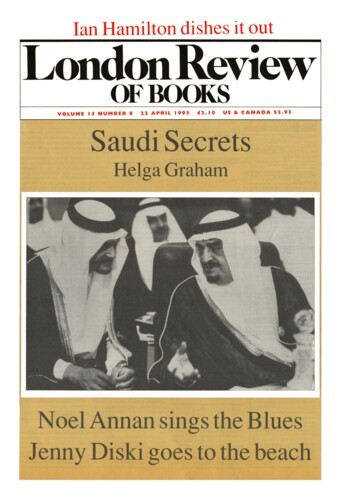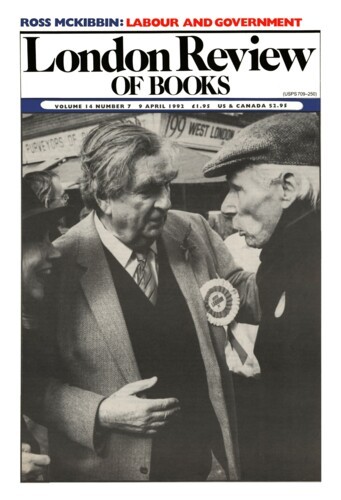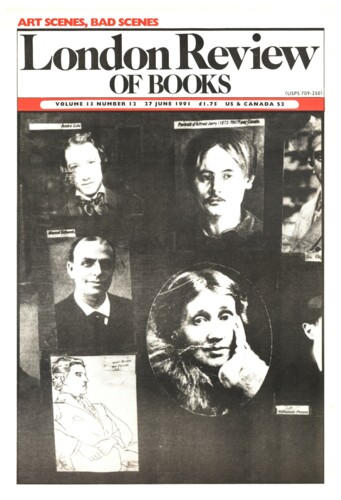Owning Art
Arthur C. Danto, 7 March 1996
By ironic circumstance, I spent an evening recently at the home of a major collector of contemporary art, where the topic arose of the house which Bill Gates, the legendarily successful head of Microsoft, is having built for himself at a rumoured cost of anything up to $30 million. We sought to understand how a house could cost so much, and the somewhat stammering conjecture was that it must be due to the complex system of state-of-the-art electronics a figure like Gates would insist on having. None of us was sure of this explanation, but everyone knew roughly the kind of reason that must apply. Had the question arisen that evening of how a painting by Jasper Johns could have sold at auction for a closely parallel figure, the explanations offered would surely have had little to do with the cost of encaustic medium or the size of the panel. Someone would have spoken of the importance of the particular work and, possibly, have argued that $17.5 million for Johns was perhaps not out of order if a Japanese purchaser had paid $82.5 million for Van Gogh’s Portrait of Dr Gachet in 1990. But had anyone asked that evening, not why this or that painting should equal or exceed the cost of an extraordinarily costly home, but how it happens that paintings have come to be so expensive, it is difficult to imagine how the conversation would have gone.
